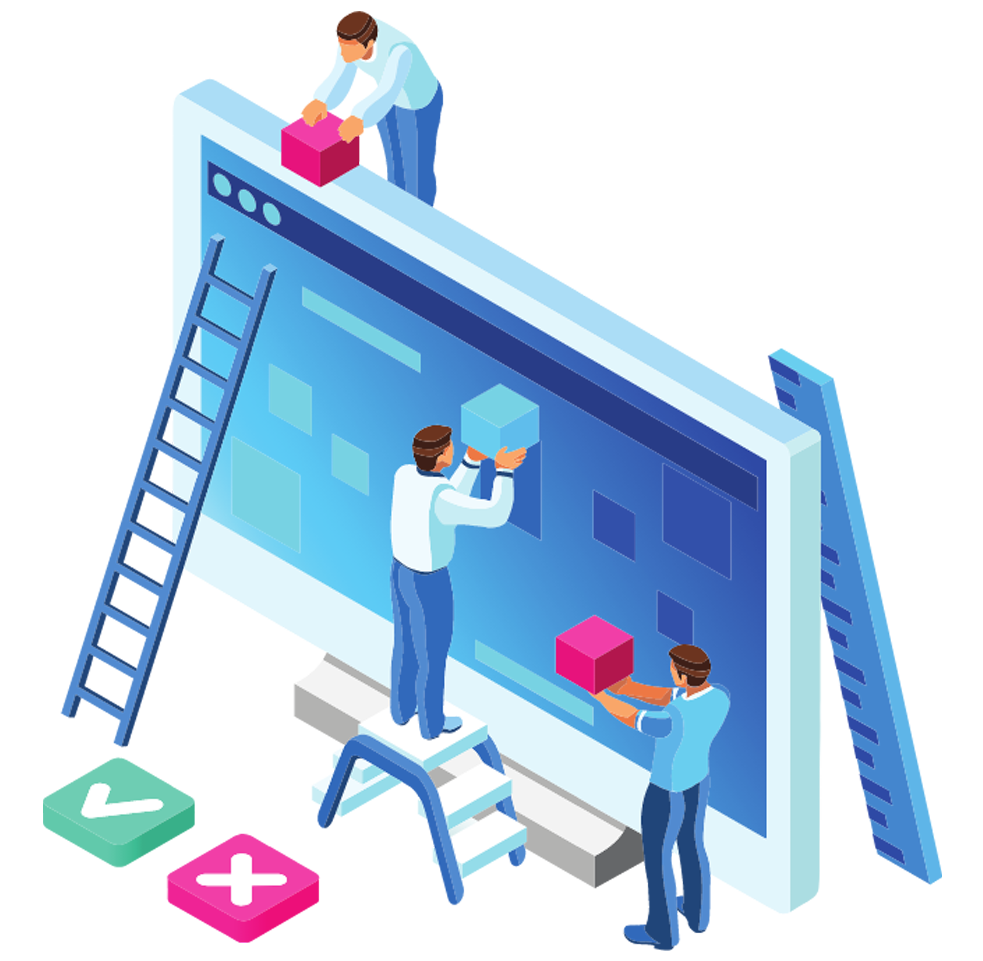The company’s development is – or at least, in theory, should be – an important issue for every CEO. Without development, stagnation is waiting for us, which is deadly in a dynamically changing market. We are either moving forward or lagging behind the competition. Business Development, however, is at first glance a difficult concept to define, because, on the one hand, it proceeds naturally – by expanding the customer base and adapting to the needs of customers and the market – on the other hand, it is influenced by a number of different factors and activities. So what is Business Development and is it worth employing people responsible for it in your company? If so, what exactly should they do? You will find the answers to these questions below.
What is Business Development?
According to the definition, Business Development, also known as Biz Dev or BD, covers tasks and processes aimed at increasing the organization and its revenues. It will therefore be generating sales leads and business opportunities, as well as increasing brand awareness and researching the market in which the company operates. Although BD is closely related to sales, the roles and responsibilities of the two differ significantly. These differences are well illustrated by the sales funnel below.
The team responsible for Business Development makes sure that the funnel is wide, to provide as many leads as possible. Sales, in turn, deals with their processing (from a certain internally determined stage) and closing the sale. However, in some companies the BD department is also responsible for closing the sale – it depends on individual arrangements. Business Development activities may also involve marketing, project & product management, networking, and many other areas, depending on the company’s business model.

What does a BDR (Business Development Representative) do?
The Biz Dev strategy should be developed individually in each company and adapted to the needs and functioning model of a given organization. However, there are a number of major tasks that most people as Business Development Representatives do. These are:
- Generating leads via various channels (e.g. LinkedIn, e-mail, telephone) and their qualification,
- Conducting acquisition activities and campaigns,
- Communication with prospects, preparation of materials, and lead nurturing1,
- Market research and being up to date with competitors’ activities
- Verification of the profitability of entering new markets
- Promoting the company and consolidating its positive image, e.g. through social selling2.
It is worth bearing in mind that it is the employees of Business Development who are the first people with whom a potential client comes into contact. Therefore, they should have extensive knowledge about the company and the services and products offered – after all, the first, often decisive questions will be directed to BDRs. Very important in this role is the disposition, the gift of persuasion, and the ability to recognize the needs and character of the potential client and adapt to him. It is also important to understand purchasing patterns and the ability to ask the right questions. Good qualification of leads is not an easy task, despite appearances. Therefore, it is necessary to ensure that tasks in the field of Business Development are performed by people who will leave a good impression of the company by potential customers.
How to measure the results of Business Development?
As we know, many things sound good in theory, but the results do not always match expectations. Business Development activities can – and even must – be measured. How? An indicator of change for the better can be, for example:
- increased number of leads generated for a specific period, e.g. month, quarter, year,
- positive feedback from clients and prospects,
- increase in the value of the pipeline,
- increase in the efficiency of sales department employees,
- increase in the company’s revenues.
However, it should not be forgotten that Business Development activities do not always bring results immediately. It often takes several months to get the whole mechanism started, especially if we build the strategy from scratch and are only checking what works best. Building the company’s image is also a long-term process, just like social selling and lead nurturing – sometimes several months pass from the first conversation with the client to signing the contract, during which motivated Business Development specialists remind the prospect about themselves, e.g. by sending interesting materials.
Conclusion
To sum up, building and maintaining valuable relationships with potential customers are very important elements of the company’s development. It is worth getting a tool that will facilitate and accelerate your work in Business Development. In Cloudity, we are supported by Sales Cloud – a Salesforce solution that allows for effective management of campaigns and tasks, automated reporting, and a 360-degree view of each client and prospect. If you want to find out how Sales Cloud could support your Business Development department, contact us!
Article by Anna Biduś.
We invite you to follow us on LinkedIn!
1Lead nurturing – the process of engaging a specific target group by providing valuable, relevant information at every stage of the buyer journey.
2Social selling – building relationships with current and potential customers using social media.







































